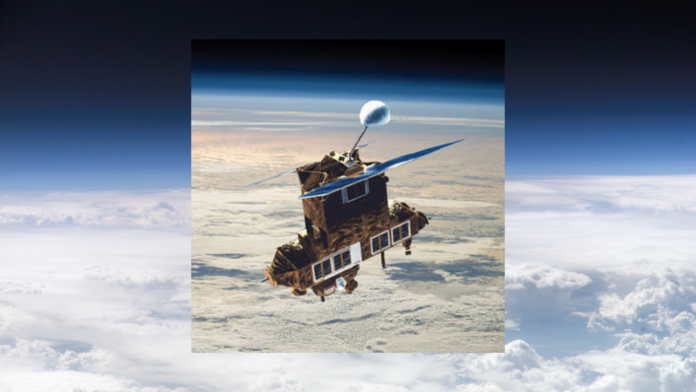A retired NASA satellite that spent almost four decades in space and studied how our planet absorbs and radiates solar energy is set to crash back into Earth today, NASA announced(Opens in a new window).
The 5,400-pound Earth Radiation Budget Satellite (ERBS) is predicted by NASA to reenter the atmosphere at approximately 6:40 p.m. EST today, give or take 17 hours.
If you’re suddenly looking up to the sky with concern, there’s little need to worry: NASA has stated the risk of harm coming to anyone is extremely low—approximately 1 in 9,400.
The satellite came into service after being launched from the ill-fated Space Shuttle Challenger on Oct. 5 1984 and it operated until retirement in 2005, far beyond its expected two-year service life. It is expected to mostly burn up upon its re-entry.
ERBS was part of a three-satellite Earth Radiation Budget Experiment mission and it made measurements of stratospheric ozone, water vapor, nitrogen oxide, and aerosols, which helped researchers to measure the effects of human activities on Earth’s radiation balance.
The satellite collected important data that showed the Earth’s ozone layer was declining globally. It was this data that was used to help shape the international Montreal Protocol Agreement, which resulted in a dramatic decrease in the use of ozone-destroying chlorofluorocarbons, NASA said in its announcement.
ERBS was notably released from the Space Shuttle Challenger’s cargo hold by Sally Ride(Opens in a new window), the first American woman astronaut to fly in space. She released it using the spacecraft’s robotic arm.
Recommended by Our Editors
Earlier this year, two 23-ton heavy Chinese Long March 5B rocket cores crashed back(Opens in a new window) into Earth uncontrolled, with the first coming down in July and the second in November. The rockets carried the final modules for China’s Tiangong Space station, which is now complete.
While there was initial confusion(Opens in a new window) over where the second rocket would land, it fell safely into the south-central Pacific Ocean.
Get Our Best Stories!
Sign up for What’s New Now to get our top stories delivered to your inbox every morning.
This newsletter may contain advertising, deals, or affiliate links. Subscribing to a newsletter indicates your consent to our Terms of Use and Privacy Policy. You may unsubscribe from the newsletters at any time.
Hits: 0















